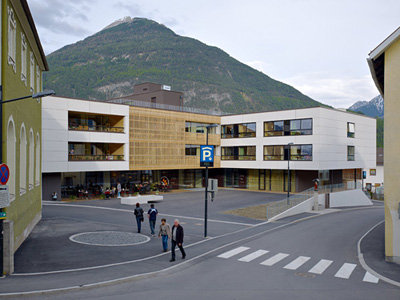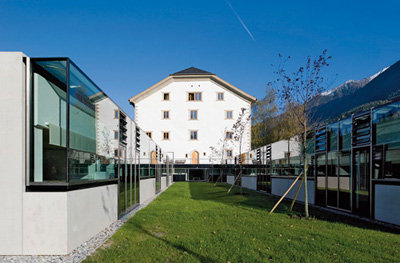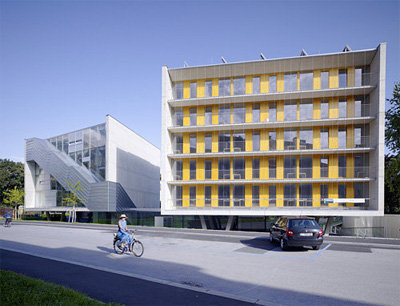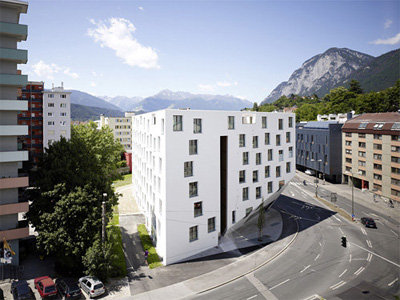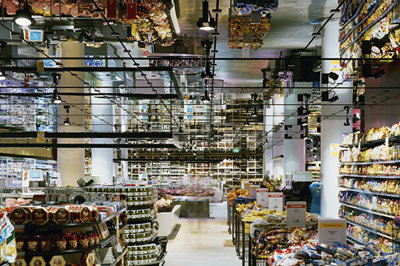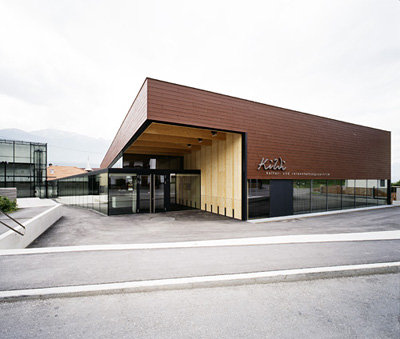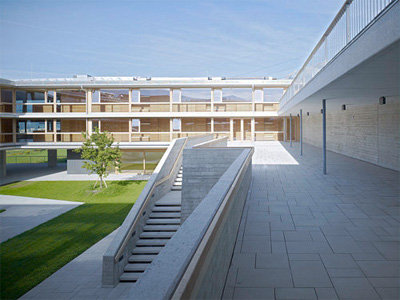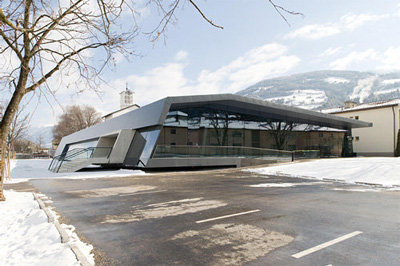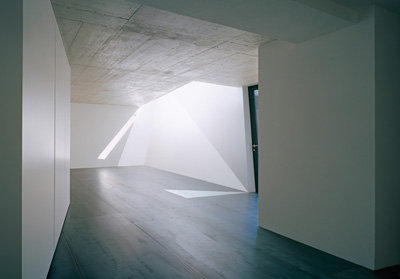Gurgltal Nursing Centre
Architecture: Bruno Moser, Moser Kleon Architekten (2009-2010) Builder-owner: Gemeindeverband Wohn- und Pflegeheim Imst und Umgebung Open to the public: partially Accessibility: in the centre of Imst There is an MPREIS supermarket designed by Fügenschuh Hrdlovics Architects about 300 metres along the main road to Tal.
The new Gurgltal Nursing Centre situated close to the town centre replaces the "Kind-Hearted Sisters Old Peoples Home”, which was demolished a few years ago. The project by ARGE Moser Kleon Moser shifts the desired village character to an organised residential group level, with each party having an own kitchen. In a familiar ambience the elderly residents are provided with a new home equipped with adequate contemporary resources.


